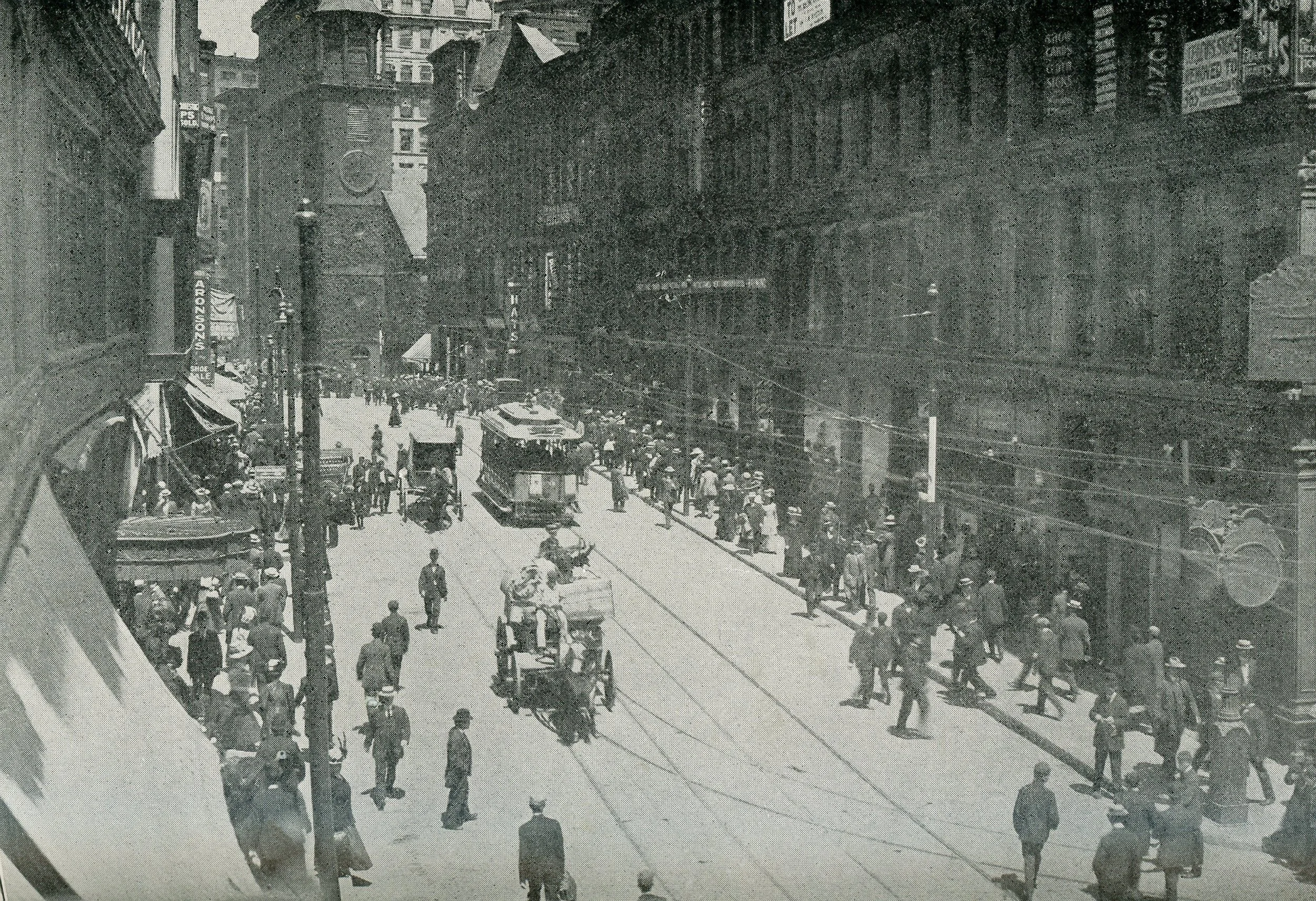The Third Century & Beyond
The Boston Episcopal Charitable Society continued its mandate through the 20th and into the 21st century. Throughout these years, the goal of the Society remained the same: To provide small amounts of cash assistance at crucial times, allowing people to stay in their homes and to maintain their lives with dignity.
The Society gradually integrated, both in terms of recipients and membership.
Along with the rest of the American economy, one of the biggest shifts of the third century was a move into global investing. Although the Society’s grants were still given to individuals in the Diocese of Massachusetts, the Society invested in international corporations following World War II.
Recipients and administrators interviewed for the Society’s history have all remarked on the importance of being able to give money where it was needed most, without a burdensome qualification process.
As one of the oldest charities in North America, the Boston Episcopal Charitable Society has a long heritage that the board and membership will continue to reflect on as we move into the fourth century.
Like most institutions active during the 18th century, members of the Society participated in the economy of their era, which included slavery. Many of the families who remained members for generations after the end of the slave trade had derived some of their original wealth from slave labor.
At the same time the Society has a legacy of giving that has benefited countless people who have asked and received. They have been offered the dignity of being treated as the members themselves would have liked their own families to be treated if they fell on hard times. In addition, individuals and congregations from communities that are predominately people of color have received consistent grant support from the Society over the last several decades.
